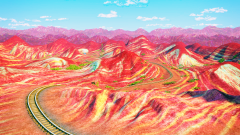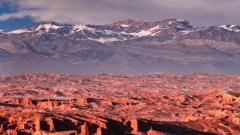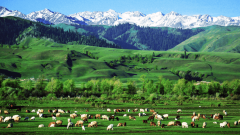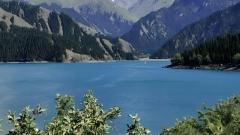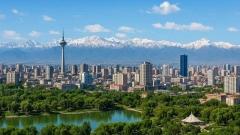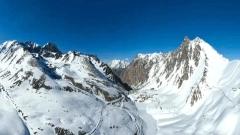Xinjiang, the remote and diverse region in China’s northwest, offers an extraordinary blend of vast deserts, alpine lakes, vibrant bazaars, and deep-rooted Silk Road culture. Travelling across this awe-inspiring land is a unique experience—one that rewards careful preparation and cultural sensitivity. Whether you’re chasing sunsets over the Taklamakan or strolling the winding alleys of Kashgar, these ten essential tips will help you navigate the region smoothly and make the most of your Xinjiang adventure.
1. Take Care of Your Identification and Valuables
Security is a central part of life in Xinjiang, and travellers must be prepared for frequent ID checks. Always carry your passport (and a few printed copies, just in case). Entry into hotels, airports, train stations, and some scenic areas will require ID presentation or digital scanning.

Take Care of Your Identification and Valuables
Beyond identification, protect your personal belongings as you would in any major travel destination. Markets, buses, and public squares can become crowded—making them prime spots for opportunistic theft. Consider using a travel wallet, RFID-blocking pouch, or anti-theft bag to secure your documents and valuables.
2. Apply for Border Passes When Necessary
Xinjiang shares borders with eight countries and includes several sensitive areas that require special permits. Destinations such as Baihaba, Taxkorgan, and parts of the Altay or Karakoram regions are considered restricted border zones. Chinese nationals must apply for a border travel pass (边防证), usually handled by the local Public Security Bureau.

Border Travel Pass of China
Foreigners, in contrast, are often required to travel with a licensed agency or secure permits through official channels. If your itinerary includes these extraordinary areas, plan ahead—border access isn’t granted on short notice.
3. Travel Between June and October
While Xinjiang has its own charm year-round, the best time to visit is unequivocally from June to October. During these months, the weather is stable, the landscapes are lush, and high-altitude routes are accessible. The lavender fields in Yili, Kanas Lake, and the grape harvest in Turpan are all in peak form during this window.

Lavender Base
In spring, snowmelt may block mountain roads, and in winter, sub-zero temperatures can make travel challenging—especially in the north. Autumn, especially September, is widely considered the most picturesque time of all, as golden poplar trees and ripening fruits colour the region with surreal beauty.
4. Fly Between Major Cities to Save Time
Xinjiang is huge—comparable in size to the entire country of Iran. Travelling overland from Urumqi to Kashgar takes over 20 hours by car or train. Although the trains are scenic and comfortable, flying can save precious time for sightseeing.
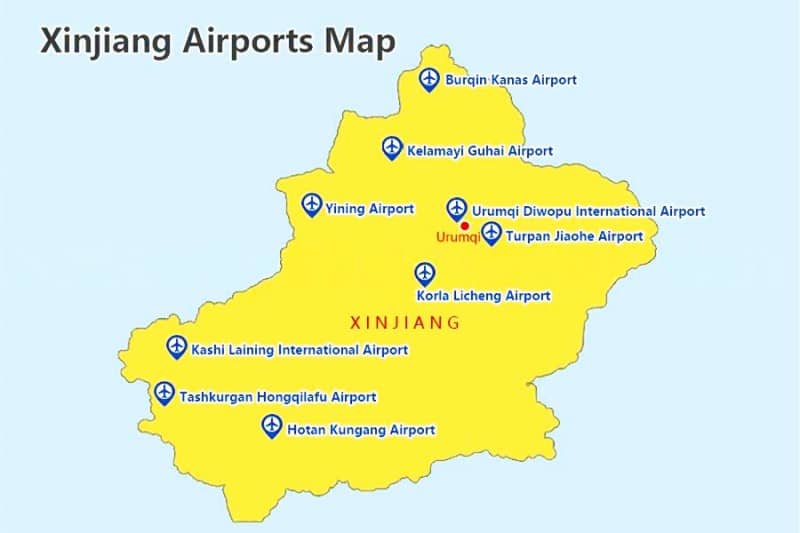
Xinjiang Airports Map
Fortunately, domestic flights between key cities such as Urumqi, Kashgar, Altay, and Hotan are well-served and affordable. Flying also allows you to focus on local experiences rather than spending days on the road. For those with a generous budget, this is the most efficient way to explore a province of such scale.
5. Guard Against the Sun and Dry Air
The sun in Xinjiang doesn’t hold back. Thanks to its high elevation, clear skies, and dry air, UV radiation is exceptionally strong even when it doesn’t feel hot. If you’re planning to visit areas like Turpan, Hami, or any of the deserts, you’ll want to bring high-SPF sunscreen, sunglasses, lip balm, and a good sunhat.
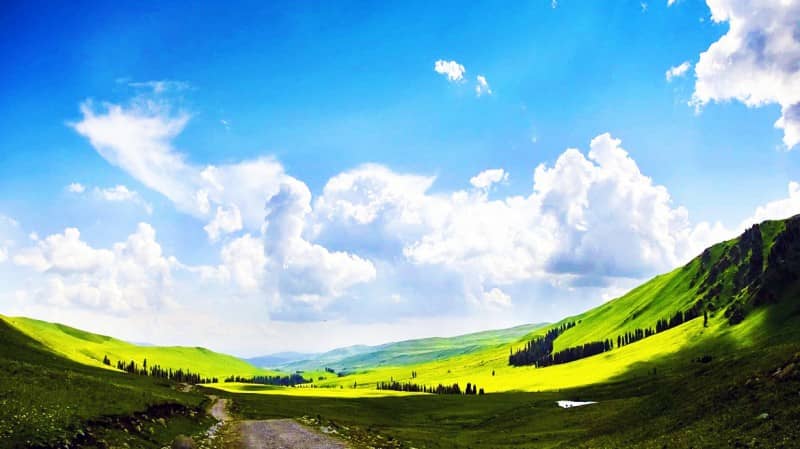
Bright Sunlight of Xinjiang
Even in cooler, mountainous areas, the sun remains potent. Skin protection is not just about comfort—it’s about avoiding genuine health risks. Also, bring a lightweight moisturiser; the arid climate can dry out your skin quickly.
6. Adjust to Xinjiang Time
Although Xinjiang follows Beijing Standard Time (UTC+8) officially, the local lifestyle follows a rhythm roughly two hours behind. This informal “Xinjiang time” means breakfast might not begin until 9:30 or 10 a.m., and people dine as late as 9 p.m. or later.
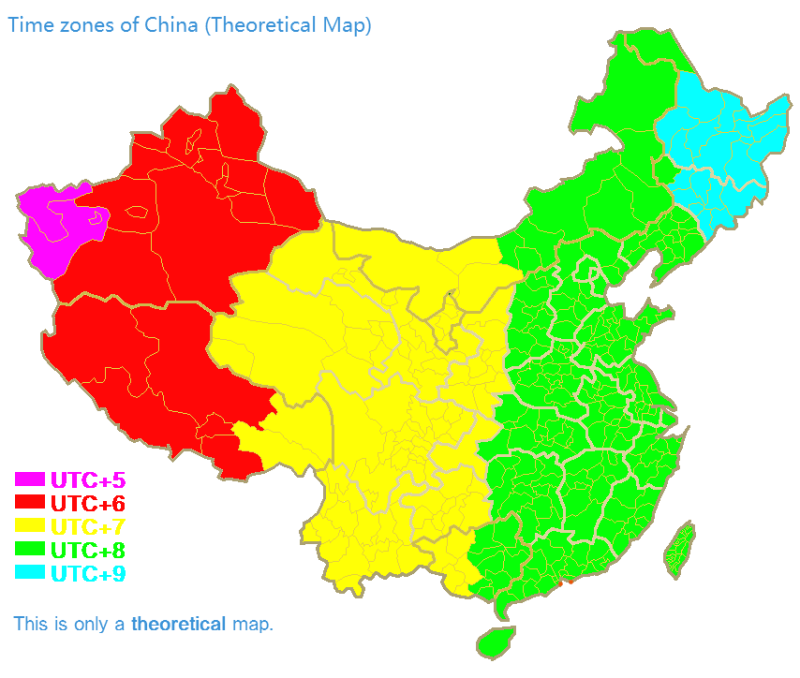
Theoretical Map of Local Time Zone of China
This discrepancy can be confusing when checking business hours, transportation schedules, or tour arrangements. Always clarify whether a time reference is “Beijing time” or “Xinjiang time.” Adjust your internal clock and daily plans accordingly to avoid unnecessary stress.
7. Dress in Layers for Big Temperature Swings
Xinjiang’s climate is as varied as its landscape. A day in the Tianshan Mountains or Taklamakan Desert can begin at near-freezing temperatures and end in sweltering heat. Even in summer, the night can bring a chill, especially in higher elevations or open desert.
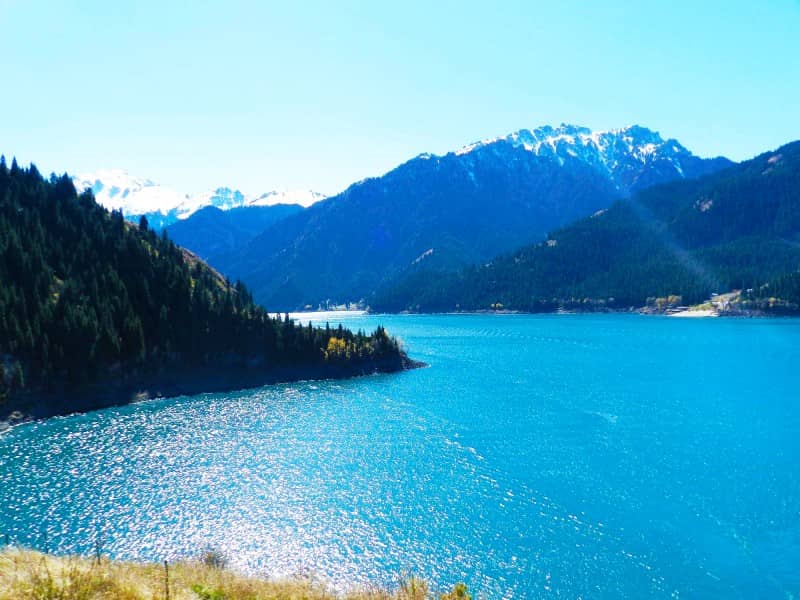
Heavenly Lake of Tianshan
The best strategy is layered clothing: pack breathable T-shirts, a warm jumper or fleece, a lightweight jacket, and durable walking shoes. Those travelling in spring or autumn should also consider gloves and a windproof coat.
8. Respect Local Customs and Cultures
Xinjiang is home to a mosaic of ethnic groups—most notably the Uyghurs, Kazakhs, Hui, and Tajiks—each with their own languages, dress, religion, and traditions. Observing local customs, especially in predominantly Muslim areas, is crucial.

Uyghur People
Dress modestly when entering bazaars, mosques, and villages. Avoid photographing people without permission, particularly during prayer or religious ceremonies. When invited to a local home, bring a small gift, remove your shoes, and follow your host’s lead with food and etiquette.
9. Try Regional Cuisine with Caution and Curiosity
Xinjiang’s cuisine is rich, hearty, and unmistakably distinct from Han Chinese fare. Favourites include lamb skewers (kebabs), hand-pulled noodles (laghman), pilaf (zhua fan), and fresh yoghurt. You’ll also find plentiful fruit: grapes, melons, figs, and pomegranates abound.

Xinjiang Big Plate Chicken
However, spicy or oily foods can be a bit much for sensitive stomachs, especially with high altitude and dry air. Pace yourself and drink lots of water. If you’re not used to lamb, try smaller portions before going all in at a night bazaar. And don’t forget to enjoy the tea—served strong, fragrant, and usually with sugar.
10. Keep a Flexible Mind and Open Heart
Xinjiang can be unpredictable. Weather changes swiftly, road closures happen without warning, and travel bureaucracy can test your patience. But these occasional hiccups are part of the journey. The more adaptable your mindset, the more deeply you’ll connect with the region.
Be ready for the unexpected, whether it’s a spontaneous invitation to a family dinner in Yecheng or an impromptu detour to a hidden lake outside Ili. Let the rhythms of Xinjiang guide you, rather than attempting to control every detail. You’ll come away with memories far richer than any itinerary can promise.
By following these ten practical tips, you’ll not only travel smarter in Xinjiang, but also embrace its soul more fully. This is a land of vast silence and vibrant song, of mountain winds and desert suns, of centuries-old traditions and fleeting modern moments. Prepare well, respect deeply, and let Xinjiang work its ancient magic on you.




